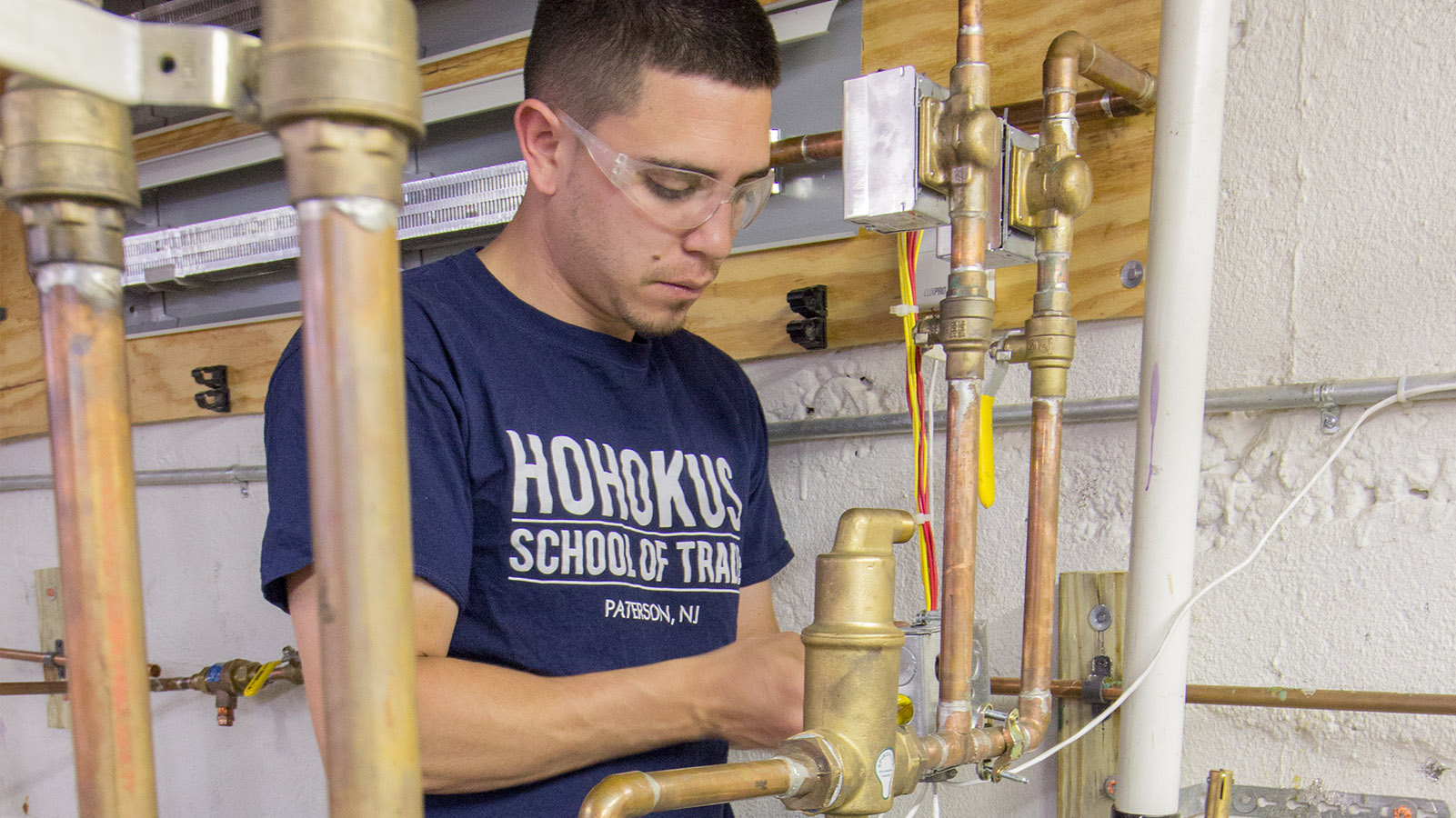Premier Plumber Alabaster AL Ready to Offer You Anytime
Wiki Article
A Step-by-Step Guide to Reliable Hot Water Heater Installment for Optimum Efficiency
Embarking on the task of mounting a water heating system is a venture that requires precision and a methodical technique for accomplishing optimal performance. As you continue, the details of attaching water supply lines and establishing up trusted electrical or gas links await, encouraging understandings into making certain effectiveness and integrity.Picking the Right Water Heating System

Following, consider the dimension and capability of the hot water heater. It's essential to examine your family's warm water needs, which can differ based upon the variety of residents and their usage patterns. A device that's also small may result in inadequate warm water, while an extra-large version might result in unneeded energy usage.
Efficiency rankings likewise play an essential duty in selection. Look for water heating units with high Power Aspect (EF) scores, showing superior performance and minimized energy usage. Tankless designs, though usually a lot more expensive upfront, deal considerable energy savings with time due to their on-demand home heating capacities.
Preparing the Installment Location
Prior to mounting a brand-new water heater, precise preparation of the installation area is important. It's essential to measure the space thoroughly to suit the water heater's dimensions, guaranteeing appropriate clearance around the device for effective operation and servicing.Inspect the floor for stability, as the water heating unit will certainly require a strong, degree surface to run properly. If necessary, install a drip frying pan underneath the system to capture possible leakages or spills, protecting against water damage to the surrounding location.
In addition, ensure that all essential tools and materials get on hand prior to starting the setup. This includes things such as wrenches, screwdrivers, a level, and any kind of additional hardware required for mounting and safeguarding the heating unit. A well-prepared setup location establishes the structure for an effective hot water heater configuration, maximizing efficiency and safety and security.
Connecting Supply Of Water Lines
When linking supply of water lines to your recently installed hot water heater, it is essential to make certain that all links are leak-free and safe to maintain reliable procedure and protect against water damages. Begin by determining the warm and cold water lines. The cold water inlet is generally noted with a blue label or a "C", while the warm water electrical outlet is noted with a red label or an "H".Use adaptable water heater connectors to promote a less complicated installation process. Before connecting the adapters, put a plumbing professional's tape around the threaded ends of the water heating unit's inlet and outlet pipelines.
Once connections remain in place, slowly activate the primary water supply valve. Examine each connection for leaks by aesthetically checking and really feeling Extra resources for dampness. Tighten up links as necessary, and guarantee the stress relief valve is correctly installed, protecting versus too much stress build-up.
Establishing Electric or Gas Links
Correctly setting up the electrical or gas connections for your water heating system is an important step to make sure efficient and risk-free procedure. For electrical water heating units, start by validating that the electric circuit is compatible with the heating system's voltage and amperage demands.For gas water heaters, safety and security is critical. Verify that the gas supply is off before proceeding. Attach the gas line to the hot click this site water heater utilizing an adaptable gas connector, guaranteeing it is correctly threaded and sealed with pipeline joint compound or Teflon tape suitable for gas connections. Tighten the connections with a wrench, taking treatment not to over-tighten (Plumber Alabaster AL).
Once links are made, inspect for any type of possible leaks. For gas lines, apply a soapy water solution to the joints; bubbles indicate a leak. For electrical links, ascertain that all electrical wiring is protected and properly insulated, preserving conformity with neighborhood electrical codes.
Changing and testing for Efficiency
With the electric and gas connections safely in position, the following step is assessing the functional efficiency of your water heating system. Begin by thoroughly activating the water and making certain there are no leaks at any one of the joints or valves. Once verified, proceed to fill the storage tank, taking notice of the stress and temperature level setups. It is a good idea to establish the thermostat to a recommended temperature level of around 120 ° F(49 ° C) to stabilize power effectiveness and comfort.Next, perform a complete evaluation to ensure the heating components or burner are operating properly. For electric heaters, utilize a multimeter to verify if the aspects are attracting the appropriate present. In gas designs, observe the heater fire; it needs to be blue and consistent, suggesting reliable combustion.
Readjust the setups as necessary to get rid of inadequacies. Take into consideration applying insulation procedures, such as adding a hot water heater blanket, to even more boost efficiency by minimizing warmth loss. Additionally, inspect the anode pole's problem, as a scrubby rod can minimize performance and lead to storage tank rust.
Conclusion
Reliable water heating unit installation is vital for guaranteeing ideal efficiency and energy financial savings. Securely linking water supply lines and meticulously setting up electrical or gas connections lessen prospective concerns.
Correctly setting up the electric or gas links for your water heating unit is a critical action to guarantee secure and effective operation. For electric water heaters, start by verifying that the electrical circuit is compatible with the heating system's voltage and amperage needs. Link the gas line to the water heater using an adaptable gas connector, ensuring it is effectively threaded and secured with pipe joint compound or Teflon tape suitable for gas connections.
Report this wiki page